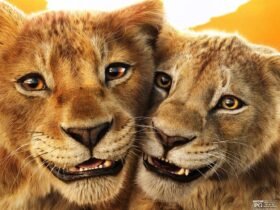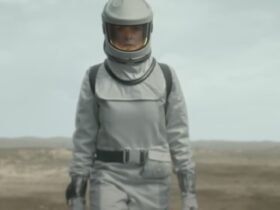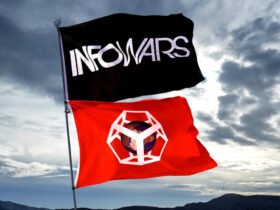Face it: If you’re hooked on caffeine, you feel like a zombie without it. Even still, too much caffeine can give you a headache, nausea or just make you plain out irritable. Having too little caffeine isn’t ideal but it’s still better than having too much — you can always go back for another shot. Coffee drinkers looking for exact right coffee hit may be wondering if typical American drip coffee or espresso has more of the natural stimulant.
While different coffees boast different levels of caffeine, there are a few tips and rules to help with decoding caffeine content, which can mean the difference between increased concentration at the end of your workday or tossing in bed until the wee hours of the night.
Espresso packs more caffeine despite its small size
Espresso shots may be small but ounce-for-ounce they pack a bigger punch of caffeine than drip coffee.
The simple answer is that espresso contains more caffeine per ounce than a standard drip coffee, which means you’ll get a much bigger burst of energy from sucking down a shot of the stuff.
The difference between drip coffee and espresso beans comes down to how each is brewed. Espresso beans are brewed using intense pressure to force out a couple of ounces of concentrated coffee. Drip coffee results from hot water moving through ground beans at the speed of gravity. The slower brewing process creates a more diluted drink, but one that is often consumed in higher volumes.
On average, an espresso contains around 63 milligrams of caffeine per ounce. Starbucks serves 75 milligrams of caffeine in each of its .75-ounce espresso shots. Dunkin Donuts claims a hefty 118 milligrams per shot. In comparison, drip coffee ranges from around 12 to 16 milligrams of caffeine per ounce.
How much caffeine is in your morning cup is more complex. After all, when was the last time you sipped a thimble-sized cup of java?
Caffeine content depends on the volume and style of bean
Arabica coffee has roughly half the amount of caffeine as robusta.
The actual amount of caffeine in an espresso or drip coffee varies depending on the type of bean used. The majority of the coffee sold and consumed around the world is arabica coffee — regardless of the roast or style — and is said to contain half the amount of caffeine as the heartier robusta coffee bean. Most brands use arabica beans, but sometimes they’ll blend both types together to gain that extra kick of energy.
It’s also common for lattes and cappuccinos to include two shots of espresso in a 12-ounce drink. You can count on about 126 to 150 milligrams of caffeine if sipping a double shot. Starbucks is an exception since two espresso shots are reserved for 16-ounce Grande and 20-ounce Venti-sized drinks unless you specify otherwise.
A 10-ounce drip coffee at most retailers will pack between 180 and 240 milligrams of caffeine.
Espresso is notorious for offering an almost instant jolt, but the amount of caffeine in drip coffee easily overpowers espresso in a single serving. A 10-ounce small coffee at Dunkin Donuts jumps to 180 milligrams of caffeine. A robust 12-ounce cup of Starbucks Pike Place roast offers 235 milligrams. Based on how much coffee is served by volume, a cup of coffee has much more caffeine than a couple of shots of espresso in a latte or cappuccino.
Comparing caffeine in drip coffee or espresso isn’t an exact science, but you should always consider volume to limit or maximize your caffeine allotment.
FAQs
Does espresso have more caffeine than drip coffee?
Espresso has more caffeine per ounce than drip coffee does. Variables such as the bean blend and volume of your drink will alter the precise amount of caffeine you’re consuming each time you go back to the coffee pot, which means that a cup of drip coffee will still generally have more caffeine in it than a shot of espresso.
Choosing one type of coffee over the other will depend on how quickly you want that jolt of energy, as well as how much you’re looking to drink overall.
How much caffeine is in lattes and cappucinos?
When you order a latte or a cappucino, there are usually two shots of espresso in each product. That means you’re imbibing somewhere between 120 and 150 milligrams of caffeine in each drink.













Leave a Reply